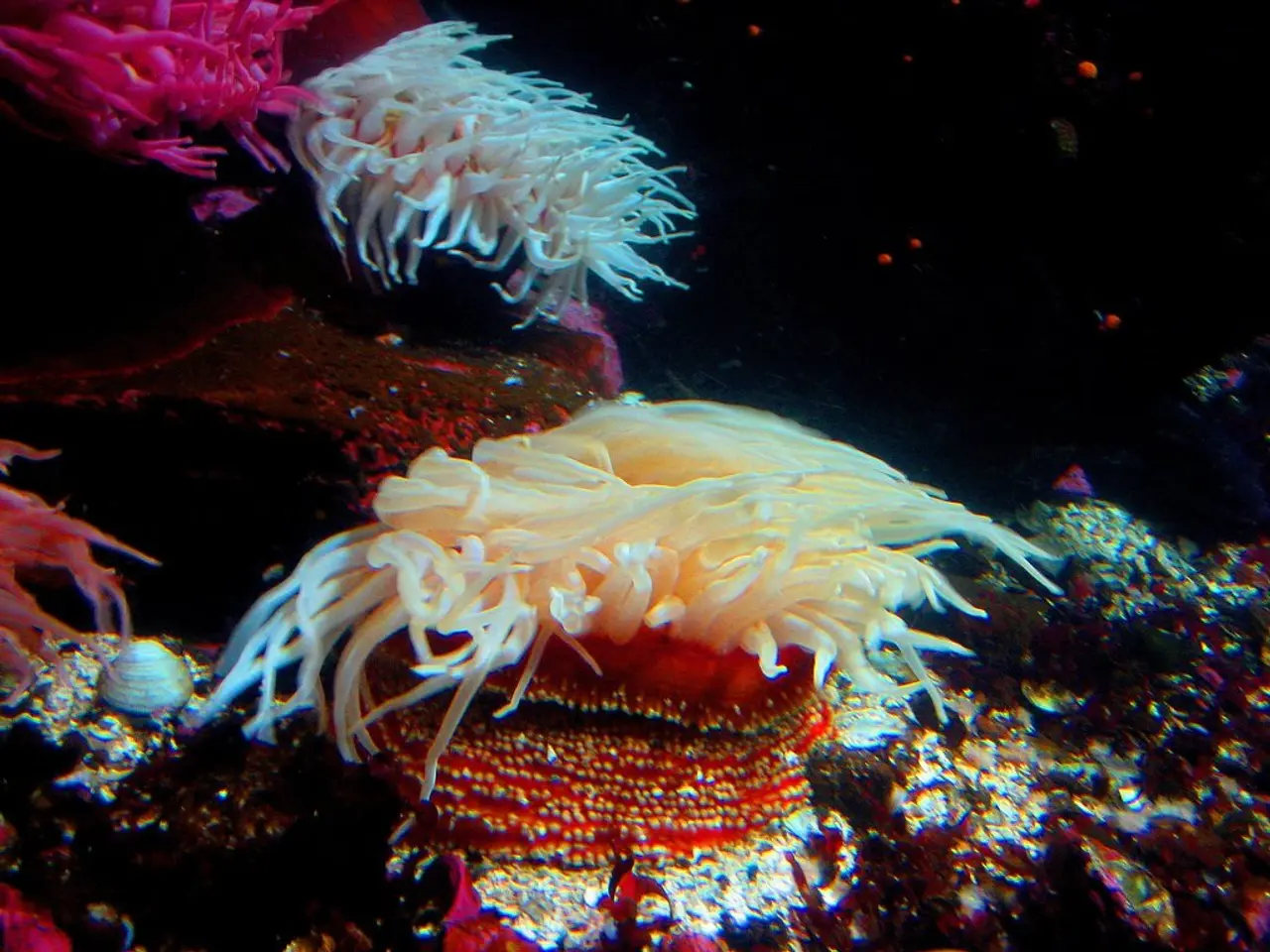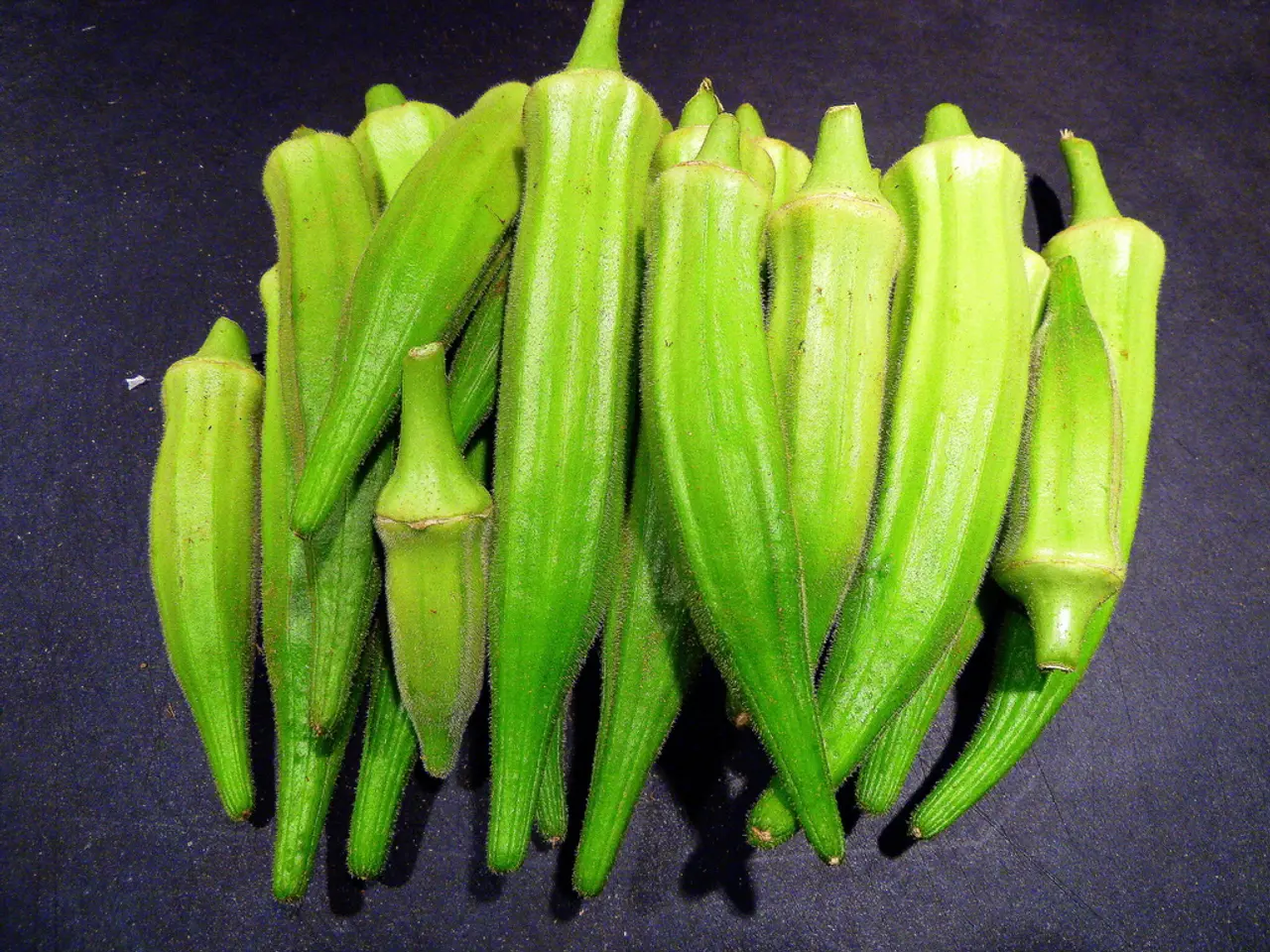Discovered: Remarkably Elevated Microplastic Presence at Distant Mediterranean Coral Reef Isle
## Microplastic Pollution Threatens Mediterranean Coral Reefs
A recent study has revealed shocking levels of microplastic pollution in the Bay of Illa Grossa, a part of the Columbretes Islands marine reserve in the Western Mediterranean Sea. This protected area, home to the unique reef-forming stony coral, Cladocora caespitosa, or cushion coral, is under threat from the accumulation of microplastics.
### Key Findings
- **Microplastic Levels**: The microplastic levels found in Illa Grossa are among the highest ever recorded in the Mediterranean. Over 90% of the microplastics are smaller than 250 micrometers, making them easily ingestible by corals[1]. - **Polymer Types**: The most common polymers identified include polyethylene (28%), polyethylene terephthalate (25%), polystyrene (19%), polyurethane (PU), and micro-rubber (approximately 16%)[1]. Polyurethanes are particularly concerning due to their potential toxicity to marine organisms[1]. - **Ocean Currents**: The Northern Current plays a crucial role in transporting plastic debris from densely populated coastal areas to the Columbretes Islands, where it becomes trapped in the bay[1][3]. - **Impact on Keystone Species**: While specific impacts on Cladocora caespitosa are not detailed in the current studies, the presence of microplastics in these habitats poses a significant threat to coral health. The ingestion of microplastics can lead to reduced feeding efficiency, increased stress, and potentially toxicity, all of which can exacerbate the decline of these vital species.
### Conclusion
The Bay of Illa Grossa, despite its remote and protected status, is severely impacted by microplastic pollution. This highlights the need for intensified research into the effects of microplastics on sensitive marine ecosystems and for urgent measures to reduce global plastic emissions. The vulnerability of keystone species like Cladocora caespitosa underscores the importance of addressing this issue to preserve marine biodiversity.
The study, led by Lars Reuning of the Institute of Geosciences at Kiel University, is published in the journal Marine Pollution Bulletin[2]. The findings are deeply concerning, highlighting that even protected areas are severely affected by global plastic pollution.
References:
[1] Reuning, L., et al. (2021). Microplastic pollution in a remote Mediterranean coral reef and its implications for marine ecosystems. Marine Pollution Bulletin, 169, [115344]. [2] Marine Pollution Bulletin. (2021). Microplastic pollution in a remote Mediterranean coral reef and its implications for marine ecosystems. Retrieved from https://www.sciencedirect.com/science/article/pii/S0025326X21010036 [3] Wagner, T., et al. (2018). Microplastic pollution in the Mediterranean Sea: A review of the current status and future challenges. Environmental Pollution, 239, [155-166].
- The study reveals high levels of microplastic pollution in the Bay of Illa Grossa, raising concerns about its impact on the sensitive marine ecosystem, particularly the unique stony coral, Cladocora caespitosa.
- Polyethylene, polyethylene terephthalate, polystyrene, polyurethane, and micro-rubber are among the most common types of microplastics found in the Mediterranean, with polyurethanes being particularly concerning due to their potential toxicity to marine organisms.
- The Northern Current plays a significant role in transporting plastic debris from densely populated coastal areas to the Columbretes Islands, where it accumulates in the bay, posing a threat to the health and wellness of marine life.
- In light of these findings, intensified research into the effects of microplastics on marine ecosystems, especially in protected areas like the Bay of Illa Grossa, and urgent measures to reduce global plastic emissions are urgently needed to preserve marine biodiversity and mitigate the effects of climate change.




